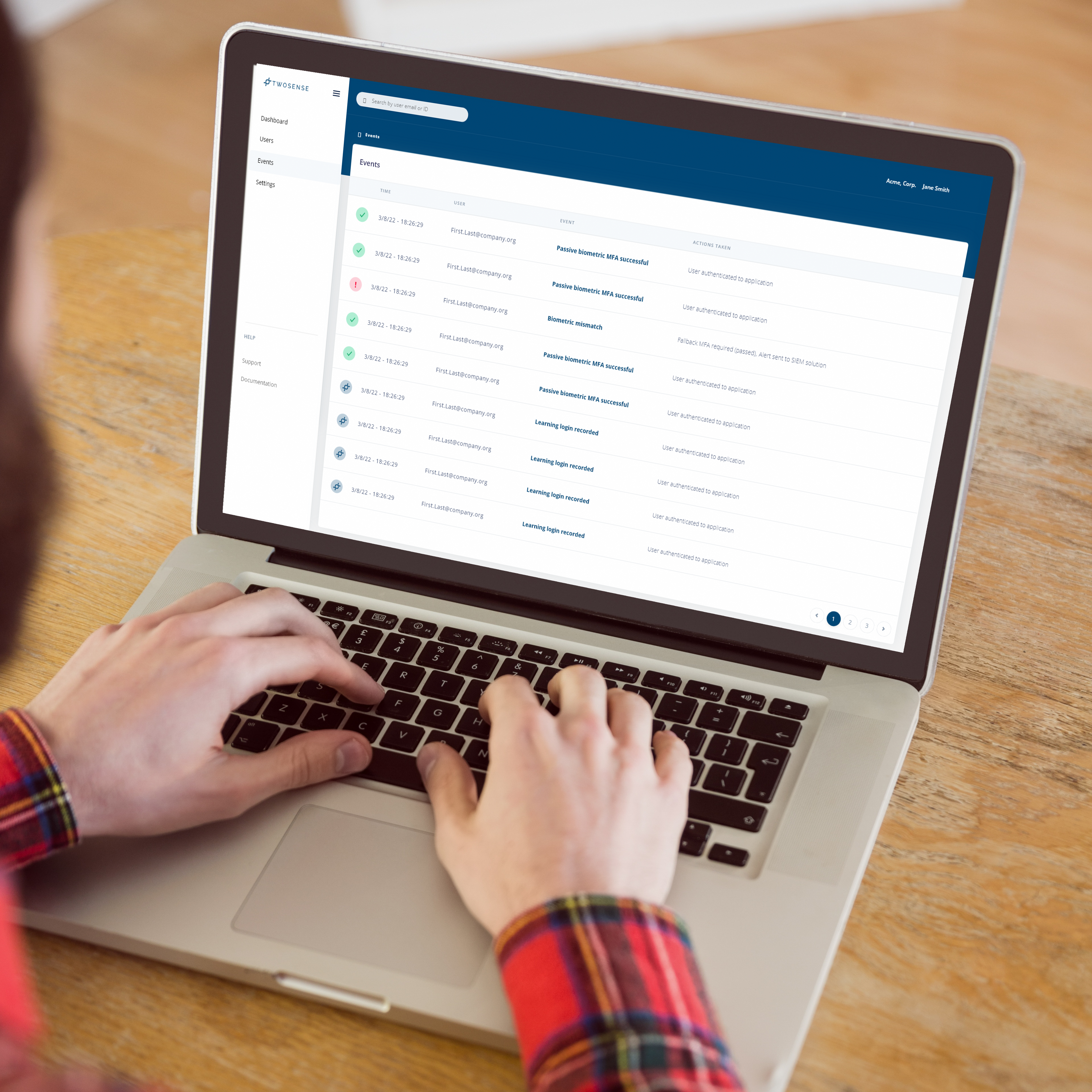When we talk about contact center compliance, most people picture a list of frameworks and checkboxes: PCI, SOC 2, HIPAA, ISO 27001. But the reality is more complex. For most security and IT leaders, compliance isn’t just about passing the audit—it’s about being ready at any moment, without interrupting the operation.
That’s the balancing act: how do you maintain airtight access controls in an environment with high turnover, shared workstations, constant shifts, and nonstop calls? And how do you do it without creating friction that kills productivity or causes agents to cut corners?
The answer isn’t stronger login prompts, another token, or an additional factor. It’s visibility. Continuous Authentication provides security teams with real-time identity assurance, without requiring agents to take any action.
The Problem: Compliance Isn’t a One-Time Event
Traditional identity controls rely on challenge-based authentication—log in once, and you’re trusted for the rest of the session, or until you have to log in again. That model is out of sync with how contact centers operate. Agents rotate desks, forget to lock screens, share credentials to avoid timeouts, or simply walk away mid-session.
And here’s the kicker: compliance mandates like PCI don’t just care about who logged in—they care about who had access during every second of the session. Static MFA simply doesn’t cut it anymore in this environment.
What Compliance Looks Like With Continuous Authentication
Continuous Authentication shifts identity verification from a point-in-time event to an ongoing and dynamic process. It invisibly monitors behavioral signals in the background—no phones, tokens, or interruptions—validating that the person behind the keyboard is still who they say they are.
That makes session security airtight and audit-ready, even in high-churn environments. Here's what Twosense enables:
- Stops credential sharing in its tracks
- Flags walk-away risk and revokes access automatically
- Prevents session hijacking and misuse in real time
- Eliminates the need for manual screen locks or agent-driven security steps
- Provides a complete audit trail of identity throughout each session
With Continuous Authentication in place, your IAM controls don’t rely on agents following protocol. They work independently, consistently, invisibly, and in real time.
CAE: Continuous Access Evaluation for the Real World
Continuous Authentication powers something even more powerful—Continuous Access Evaluation (CAE). With Continuous Authentication and CAE working together, this combination allows you to tie access decisions to live passive biometric signals, rather than static credentials.
That means you can enforce real-time policies like:
- Revoke access if the user changes
- Detect and flag abandoned sessions for security action
- Flag anomalies instantly—before they escalate
It’s the kind of session-level control auditors want to see and security teams need to maintain trust in dynamic, high-volume environments like contact centers.
Modern Compliance Demands Modern Identity
We’re past the era where compliance meant locking everything down and hoping agents wouldn’t push back. Today, it’s about embedding authentication into the workflow so security happens automatically, invisibly, and without slowing anyone down.
Continuous Authentication brings that vision to life and fundamentally changes the paradigm of identity security in contact centers. It provides IT and security leaders with the tools they need to meet compliance requirements, without sacrificing efficiency, and without requiring agents to jump through hoops.
How Twosense Helps
Twosense delivers Continuous Authentication for contact centers, enabling seamless authentication across every session—without phones, tokens, or interruptions. It’s invisible, automatic, and built to work with how contact centers actually operate.
If your team is looking for a more modern way to meet compliance while keeping agents productive, Continuous Authentication isn’t just a better method—it’s the new standard.
.jpeg)


.jpeg)